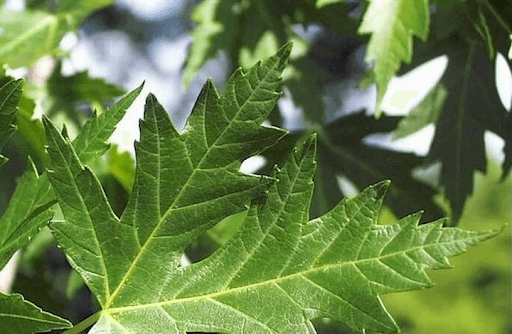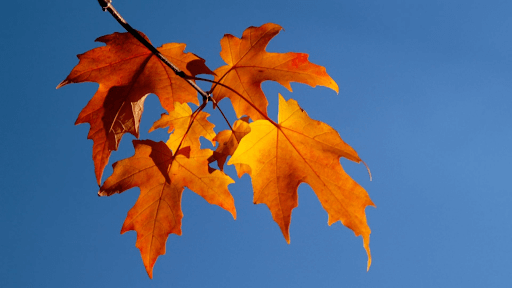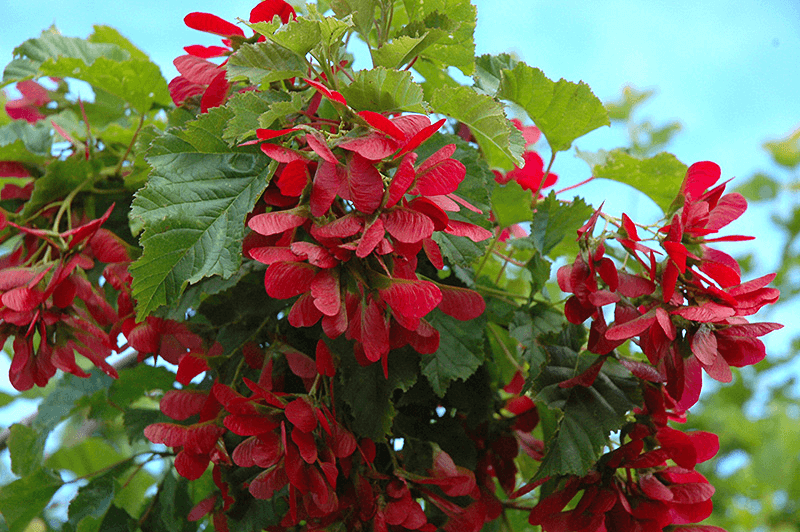1. Red Maple Tree, Acer Rubrum
Red maple trees are relatively fast-growing and may reach 60 feet in height and be rounded or oval. These maples are full of wintry strength. They not only add beauty to any landscaping design but also aid in the purification of air and provide shade, which is so important and needed! Try envisioning the beautiful show Acer Rubrum; the Red Maple Tree can provide viewers throughout the year.
This tree starts with its red flowers in March- April and continues until April, again in the springtime with its reddish twigs and redbuds, and last but not least, in the fall with its bright red leaves – the symbol of RED!!! Attractiveness and uses of the Red Maple tree, Acer Rubrum Rufacer, in the home landscape.
In autumn, the green leaves in three or five leaflets turn pink, but the exact shades cannot be forecasted. Other factors that affect fall colour include variety; greens can be greenish-yellow, red, or even burgundy.







